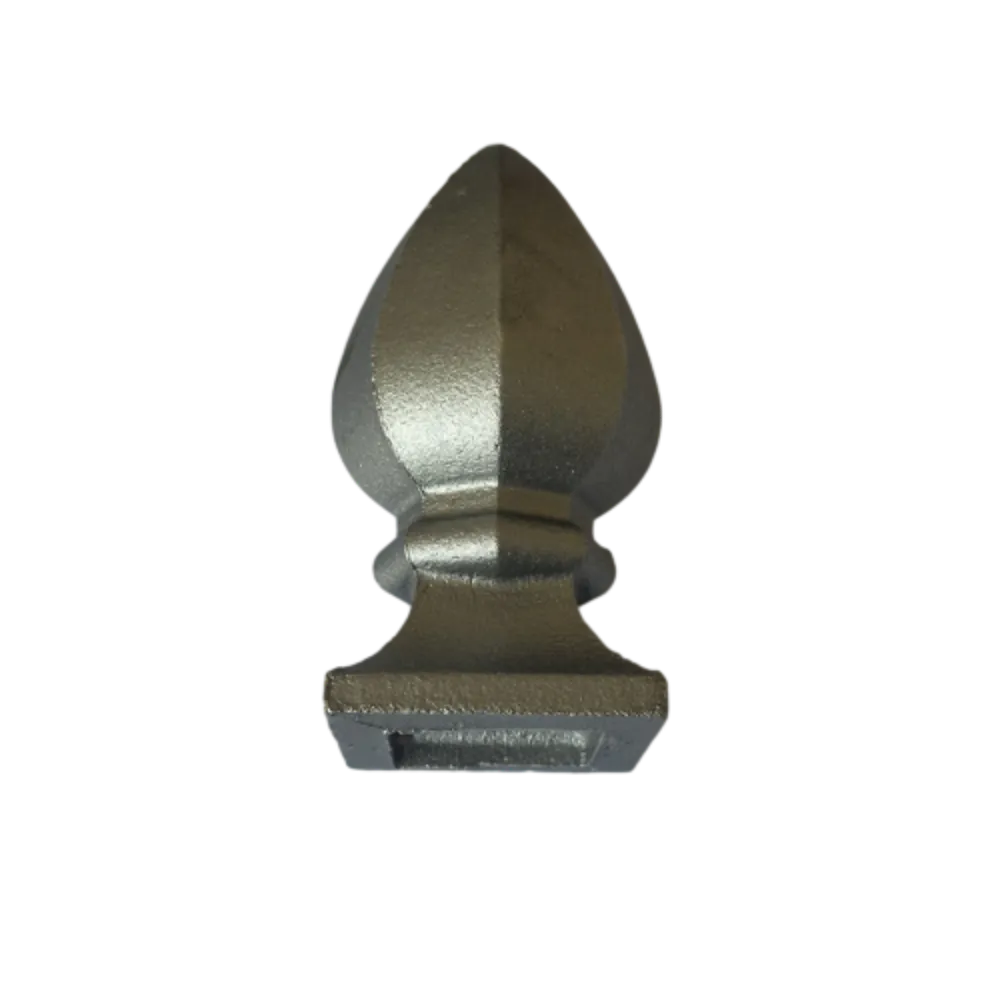metal iron
The Role of Metal Iron in Our Lives
Iron, a metal that has been pivotal in shaping human civilization, holds an extraordinary place in both our history and our modern world. As one of the most abundant elements on Earth, it serves not only as a fundamental building block for various applications but also as a symbol of strength and resilience. This article explores the significance of metal iron, its properties, applications, and the challenges associated with its extraction and use.
Properties of Iron
Iron is a transition metal with the atomic number 26. It is characterized by its lustrous, silvery-gray appearance and possesses remarkable physical and chemical properties. Iron is known for its high tensile strength, durability, and malleability, making it an ideal material for construction and manufacturing. When alloyed with other elements, such as carbon, it forms steel, which has even greater strength and versatility.
One of iron's most notable properties is its magnetic nature, which led to significant advancements in technology. Iron is a key component in numerous magnetic materials, impacting everything from electric motors to transformers. Additionally, iron is known for its resistance to corrosion when properly treated, though it is prone to rust when exposed to moisture. This susceptibility has led to the development of various coatings and processes to enhance its longevity.
Historical Significance
Iron's history dates back thousands of years. The Iron Age, which began around 1200 BC in some regions, marked a significant turning point in human development. The ability to forge tools and weapons from iron allowed societies to advance technologically and militarily. Civilizations such as the Greeks and Romans harnessed iron to create powerful armies and magnificent structures, laying the foundation for their empires.
Throughout the ages, iron has transformed societies, contributing to the rise of industries and the onset of the Industrial Revolution. The development of iron smelting techniques broadened the availability of this essential metal, paving the way for advancements in machinery and infrastructure. This period marked a shift from agrarian societies to industrialized nations, with iron at the heart of this transition.
Modern Applications
metal iron

Today, iron plays an indispensable role in various industries. The construction sector relies heavily on steel, which is produced by alloying iron with carbon. Buildings, bridges, railways, and machinery are just a few examples of structures that utilize iron and its alloys. Its strength and resilience make it a preferred material for construction, ensuring safety and longevity.
Additionally, iron is crucial in the automotive industry. Cars, trucks, and other vehicles primarily use steel for their frames and components, providing the necessary strength to withstand daily wear and tear. Furthermore, iron is used in the production of various consumer goods, from appliances to furniture.
The food industry also benefits from iron, as it is an essential nutrient for human health. Iron is a vital component of hemoglobin, the protein in red blood cells that carries oxygen throughout the body. Ensuring adequate iron intake is crucial for preventing anemia and maintaining overall health. While animal-based sources of iron are more easily absorbed by the body, plant-based sources remain significant, especially in vegetarian and vegan diets.
Environmental Concerns
Despite its many advantages, the extraction and use of iron come with challenges. Mining for iron ore can have significant environmental impacts, including habitat destruction, soil erosion, and water pollution. The process of smelting iron also contributes to greenhouse gas emissions, raising concerns about sustainability and climate change.
In response, the industry is exploring more eco-friendly extraction and production methods. Recycling iron and steel has become increasingly important, as it reduces the need for mining new ore and lessens environmental impacts. Advances in technology are also leading to cleaner production methods, helping the industry move towards a more sustainable future.
Conclusion
Metal iron is integral to our society, from its historical significance to its modern applications. As we continue to innovate and navigate environmental concerns, iron remains a vital resource that shapes our world. Understanding the importance of this versatile metal encourages us to appreciate its value and fosters a commitment to sustainable practices for future generations. Iron will undoubtedly continue to be a cornerstone of human advancement, symbolizing strength and progress for years to come.
-
Wrought Iron Components: Timeless Elegance and Structural StrengthNewsJul.28,2025
-
Window Hardware Essentials: Rollers, Handles, and Locking SolutionsNewsJul.28,2025
-
Small Agricultural Processing Machines: Corn Threshers, Cassava Chippers, Grain Peelers & Chaff CuttersNewsJul.28,2025
-
Sliding Rollers: Smooth, Silent, and Built to LastNewsJul.28,2025
-
Cast Iron Stoves: Timeless Heating with Modern EfficiencyNewsJul.28,2025
-
Cast Iron Pipe and Fitting: Durable, Fire-Resistant Solutions for Plumbing and DrainageNewsJul.28,2025
-
 Wrought Iron Components: Timeless Elegance and Structural StrengthJul-28-2025Wrought Iron Components: Timeless Elegance and Structural Strength
Wrought Iron Components: Timeless Elegance and Structural StrengthJul-28-2025Wrought Iron Components: Timeless Elegance and Structural Strength -
 Window Hardware Essentials: Rollers, Handles, and Locking SolutionsJul-28-2025Window Hardware Essentials: Rollers, Handles, and Locking Solutions
Window Hardware Essentials: Rollers, Handles, and Locking SolutionsJul-28-2025Window Hardware Essentials: Rollers, Handles, and Locking Solutions -
 Small Agricultural Processing Machines: Corn Threshers, Cassava Chippers, Grain Peelers & Chaff CuttersJul-28-2025Small Agricultural Processing Machines: Corn Threshers, Cassava Chippers, Grain Peelers & Chaff Cutters
Small Agricultural Processing Machines: Corn Threshers, Cassava Chippers, Grain Peelers & Chaff CuttersJul-28-2025Small Agricultural Processing Machines: Corn Threshers, Cassava Chippers, Grain Peelers & Chaff Cutters












